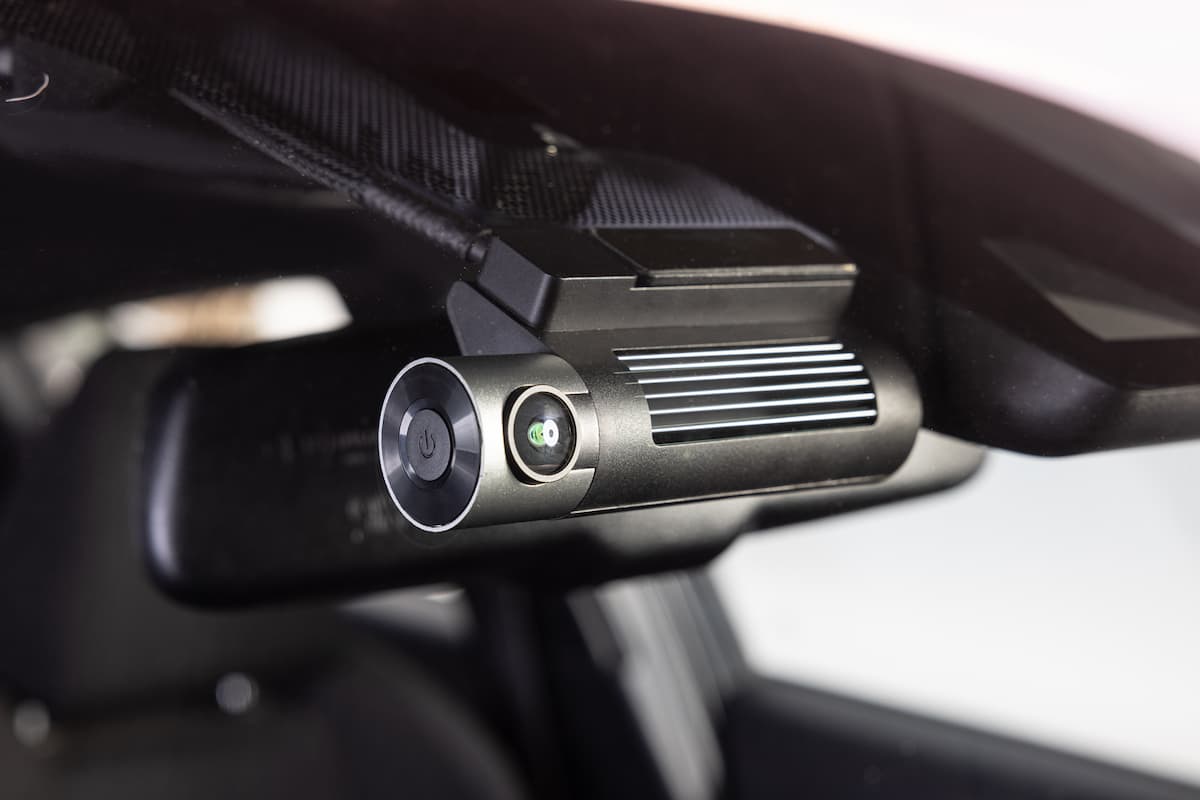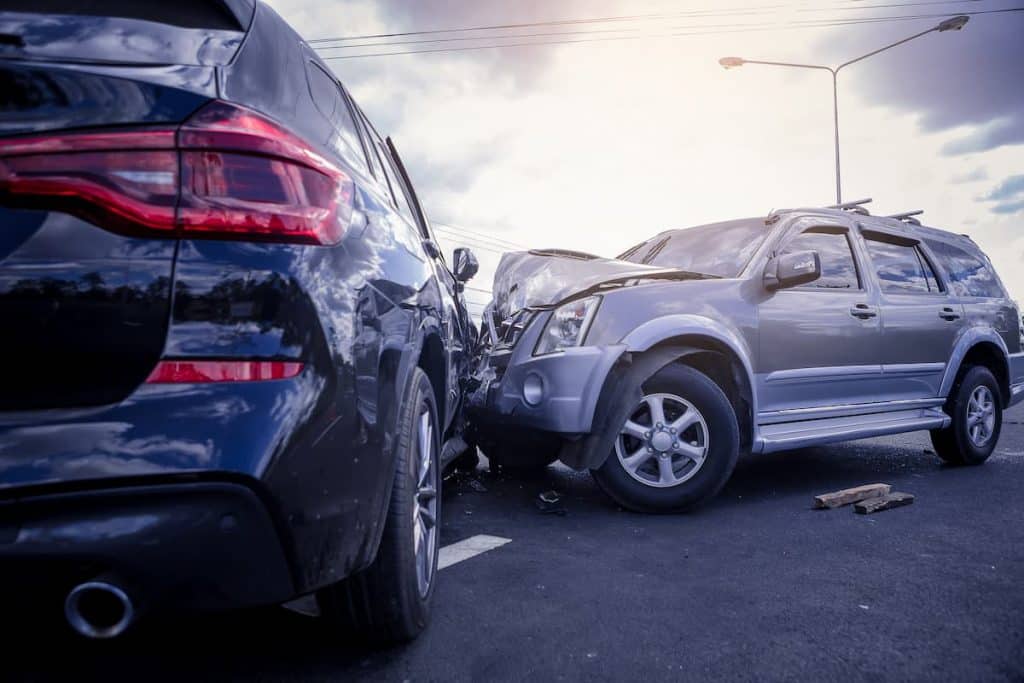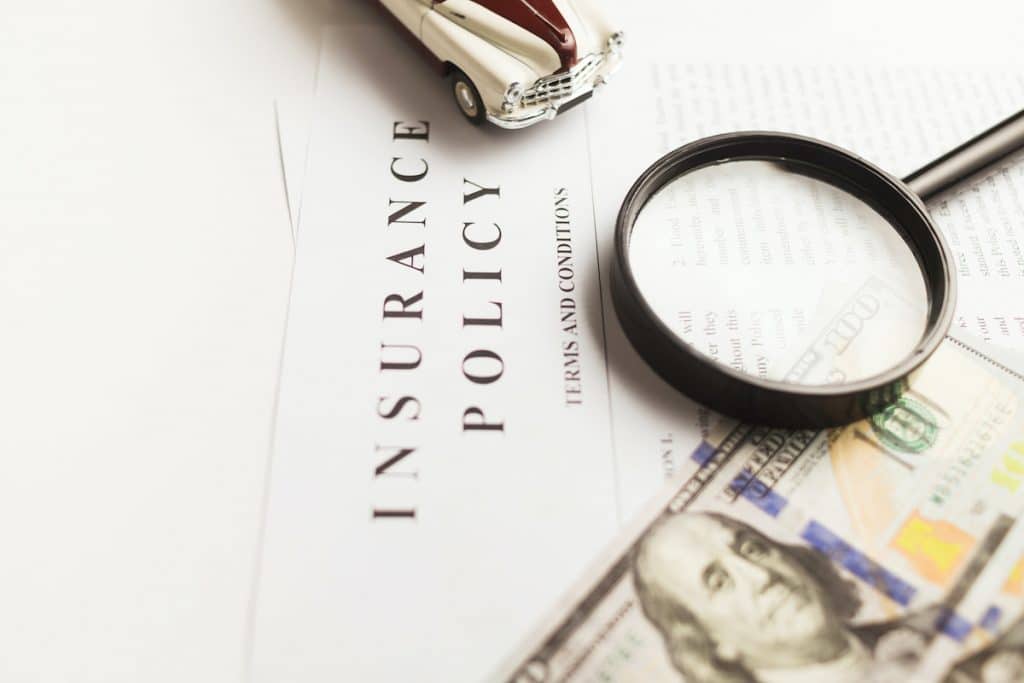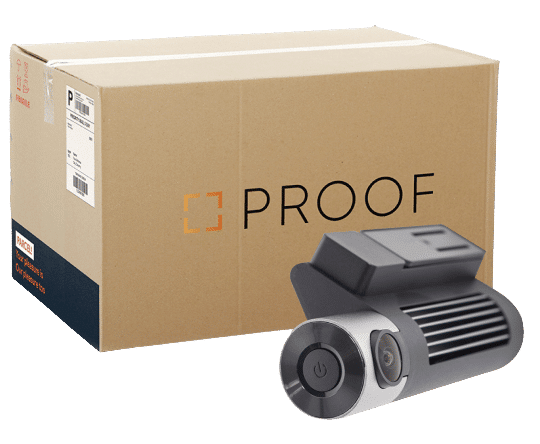Dash Cam Loop Recording
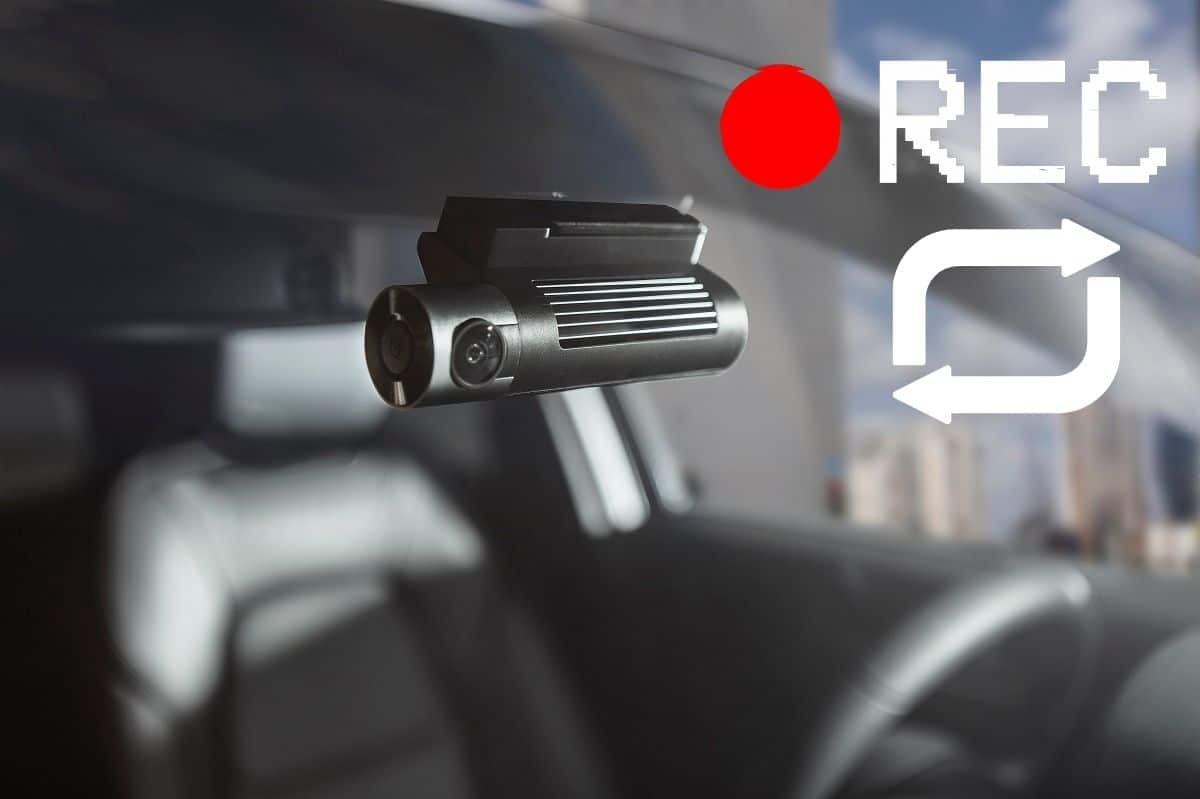
Will my Camera Record all the Time?
As the number of car crashes and vehicle thefts increase, savvy drivers are leveraging dash cams to capture valuable video footage of the road and surroundings. To ensure the dash cam always has the footage you need, most come with a feature called dash cam loop recording.
Dash cam loop recording explains when the camera continuously captures footage on a nonstop loop. This is accomplished by smart file formatting and by overwriting the oldest footage with the newest. This valuable feature can turn a standard SD memory card into an always-ready reservoir of vehicle footage.
While dash cam loop recording is standard on most dash camera devices, each manufacturer’s camera may offer different functions, features, and versions of the continuous recording dash cam.
Let’s take a closer look at the continuous recording dash cam.
What Is Loop Recording on a Dash Cam?
Loop recording, also known as continuous recording, is a feature found on some dash cams that allows the device to record footage continuously and automatically overwrite the oldest footage with the newest. This feature is useful because it allows the dash cam to record indefinitely without the need for manually deleting old footage to make space for new recordings.
When the memory card on the dash cam becomes full, the dash cam will automatically delete the oldest footage to make room for the new recordings. This feature is helpful for ensuring that the dash cam is always recording and ready to capture important events, such as accidents or other incidents.
The Loop Recording Dash Cam Uses Shorter Clips

Save and back up your data(video and pictures.) automatically in case of an accident or vibration.
Dash cam loop recording is made possible by saving footage on the SD card in shorter fragments, such as three or five-minute segments. For instance, if you set your dash cam to record in loops of three minutes, the camera will capture footage in short three-minute clips. Each three-minute clip will be saved individually, such as:
- No. 0001
- No. 0002
- And so on.
Whenever your device has used all of the memory on the SD card, it will overwrite the oldest footage and replace it with a new three-minute clip. This design allows you to have the latest recordings without being concerned about storage capacity.
Do You Need Loop Recording on a Dash Cam?
Loop recording allows the continuous capture of footage — even if your SD memory is full. Because of this, dash cam loop recording is a quintessential feature of the best equipment.
Here are a few key benefits of a loop recording dash cam:
- In the event of an incident or accident, your continuous recording dash cam will capture the footage and preserve evidence.
- Loop recording splits potentially hour-long video files into smaller, more manageable parts. These smaller files are easier to transfer and manage. This is beneficial for Wi-Fi-enabled cameras — as the files can be quickly shared to a phone or tablet.
- If you are in an accident, it’s much easier to find the exact clip instead of watching hours of footage.
How Long Should the Dash Cam Loop Recording Last Before Erasing the Last Footage?
The amount of time your footage will last before being erased depends on a few factors, including:
- The size or capacity of your memory card,
- The resolution of the videos you’re recording,
- The number of views you’re capturing, and
- The number of files you have locked or saved on your device.
A few general estimates for SD card capacities are:
- An 8 GB SD card can capture about 55 minutes before erasing the oldest footage.
- A 16 GB SD card can capture around 110 minutes before erasing the oldest footage.
- A 32 GB SD card can capture an estimated 220 minutes before erasing the oldest footage.
- A 64 GB SD card can capture about 440 minutes of footage before erasing the oldest footage. (Unlike other brands, PROOF dash cams provide 64 GB SD card storage, which is expandable to 2 Terabytes, so you can be sure to capture every minute of your journey)
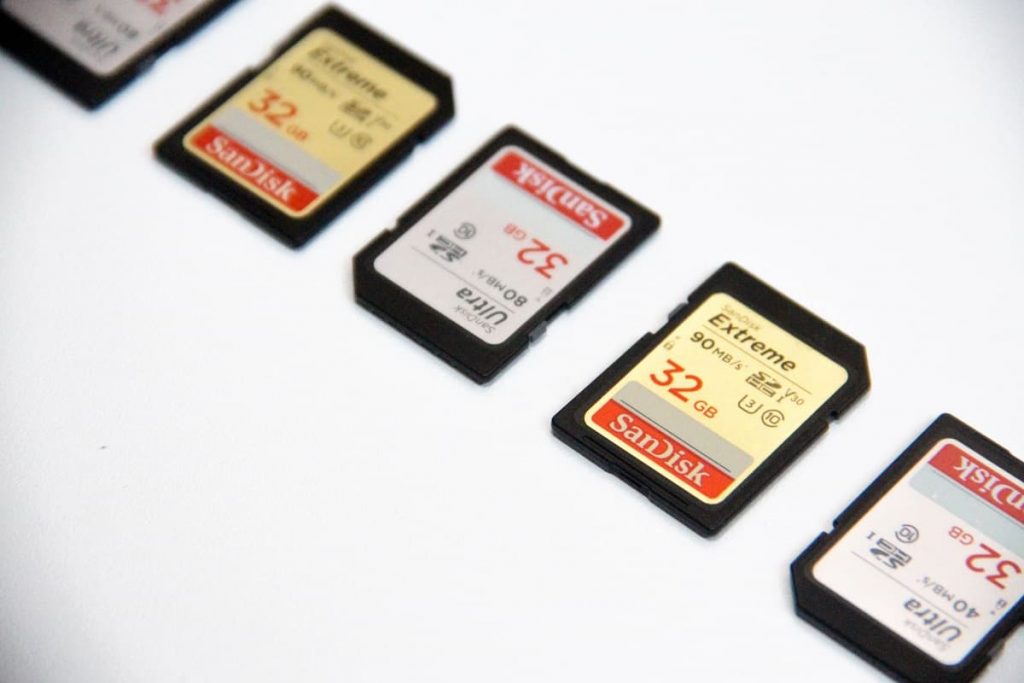
Will Dash Cam Loop Recording Override My Accident?
While a continuous recording dash cam offers several benefits, one disadvantage is it may overwrite accident footage if it’s not protected. Fortunately, there are a few different steps you can take to prevent your accident footage from being overwritten:
- Transfer the video file to a separate device,
- Store the exact footage in a separate folder to prevent it from being erased, or
- Protect the video file within the camera by designating it.
Automatic Accident Detection or Emergency Mode
Some state-of-the-art continuous recording dash cams, such as PROOF, have accident detection and collision detection features. These cameras are equipped with intelligent algorithms that automatically detect the occurrence of accidents. Then, the camera will instinctively protect and store the accident clip to prevent it from being overwritten.
Do Dash Cameras Record All the Time?
Whether plugged into a 12V source or hardwired into your vehicle’s fused box, most continuous recording dash cams will record footage as long as your vehicle is powered on. These cameras will automatically power up and begin recording as soon as your vehicle’s accessories receive power. At the same time, some cameras will allow you to manually turn it on or off — regardless of whether it has a live power source.
Do Dash Cameras Record All the Time-Even When the Vehicle Is Off?
Continuous recording dash cam can capture footage when the vehicle is off.
It typically occurs when the camera is hardwired for power or plugged into an always-on accessory port. At the same time, this capability will depend on the features of your continuous recording dashcam.
Setting up PROOFs Dash Cam Loop Recording
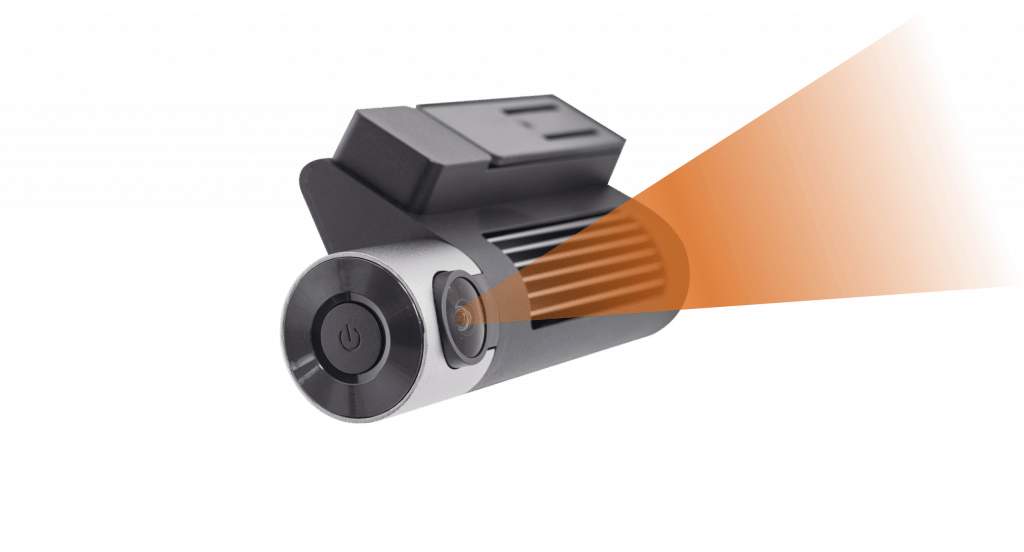
At PROOF, we offer more than 20 years of expertise in automotive technology. We’ve leveraged this expertise to create an easy-to-use and easy-to-install loop recording dashcam equipped with state-of-the-art features. Installing your camera is pretty straightforward. Here’s what you’ll need to do:
- Test your camera. You should always plug it in to verify it’s working properly.
- Decide where you want to position your camera. Many people choose just underneath their rearview mirror. However, make sure the camera doesn’t obstruct your field of view.
- Clean the area. Because you will be using an adhesive, it’s imperative to start with a clean, oil-free, and debris-free window.
- Attach the camera. Follow the instructions included to securely attach your dash camera in the desired location.
- Securely store wires. Once you have attached the camera, you can securely the power cable away in your roof liner, down the A-pillar, underneath the rubber seal of your door, and underneath your dashboard.
- Connect the camera to a power source. Insert the end of the camera into the 12-volt socket or connect it directly to your power source.
Once connected and set up, you’ll be able to enable continuous loop recording in the setting if this isn’t already set up, along with a whole host of other camera and video settings.

